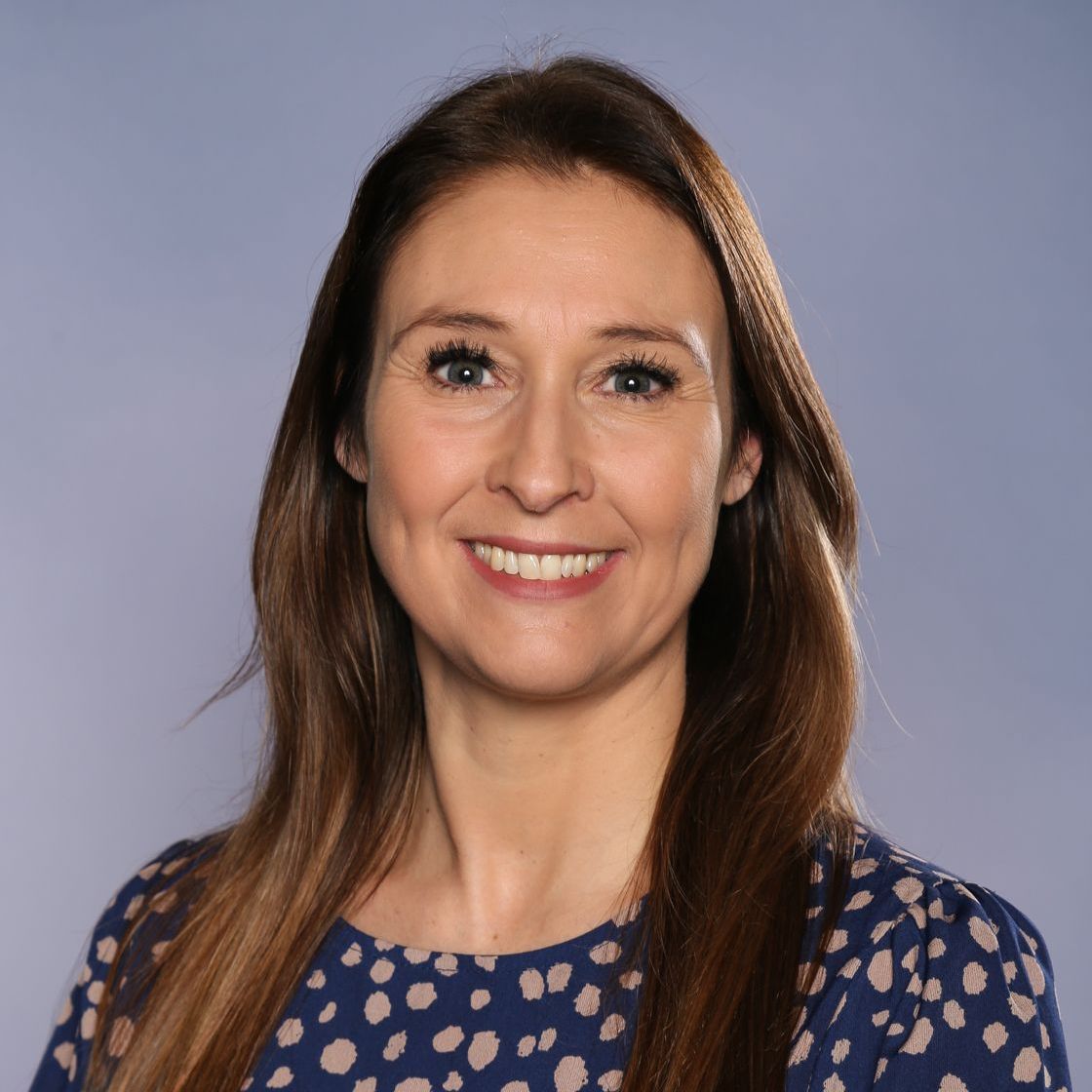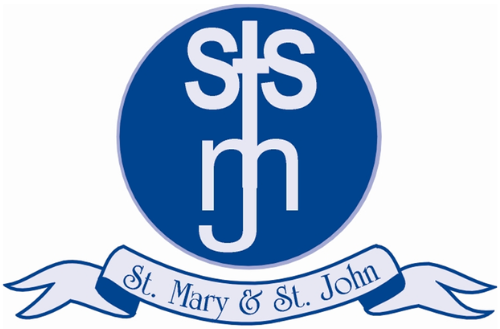How History is taught at St. Mary and St John Catholic Primary School?
• Our History curriculum aims to excite the children and allow them to develop their skills as historians. It provides a clear and comprehensive scheme of work that will show a progression of key skills across all key stages, focusing on Investigating and Interpreting the Past, in-depth studies of World History and a secure understanding of Chronology.
• In EYFS, History at St Mary and St John Primary School begins with the children exploring familiar situations in the past, such as homes, school and transport; and starting to compare and contrast characters from stories including figures from the past. It follows the ‘Development Matters’ guidance which aims for all children in reception to have an ‘Understanding of the World; people and communities, the world and technology’ by the end of the academic year.
• As the children move into KS1 and KS2, History is taught in discrete half termly units throughout the year, with all classes teaching History at the same time. This allows the children to achieve depth in their learning and teachers are able to see clear progression across school. History is also incorporated within other curriculum subjects such as English and Art, when appropriate.
• By the end of year 6, children will have a chronological understanding of British history from the Stone Age to the present day. They are able to draw comparisons and make connections between different time periods and their own lives. Interlinked with this are studies of world history, such as the ancient civilisations of Egypt, Greece and the Mayans.
• Bringing history alive is key for our young learners, therefore, wherever possible, we make use of external visits, visitors and the opportunity to observe and experience real life artefacts.
• Subject Sharing Assemblies are planned in at the end of every half term and each year group is given the opportunity to talk about and share their work/project with the whole school.
• Emphasis is placed on Historical enquiry and inclusion of a ‘WOW’ factor in each topic, which inspires children to have an excitement for finding out about the past.
• Planning is informed by and aligned with the national curriculum. In addition, staff have access to the ‘PlanBee’ planning tool and resources, however, teachers lesson design is not limited by this and is informed by national agencies, including the History Association, of which the school is a member of. Consideration is given to how greater depth will be taught, learnt and demonstrated within each lesson, as well as how learners will be supported in line with the school’s commitment to inclusion. Outcomes of work are regularly monitored to ensure that they reflect a sound understanding of the key identified knowledge.


